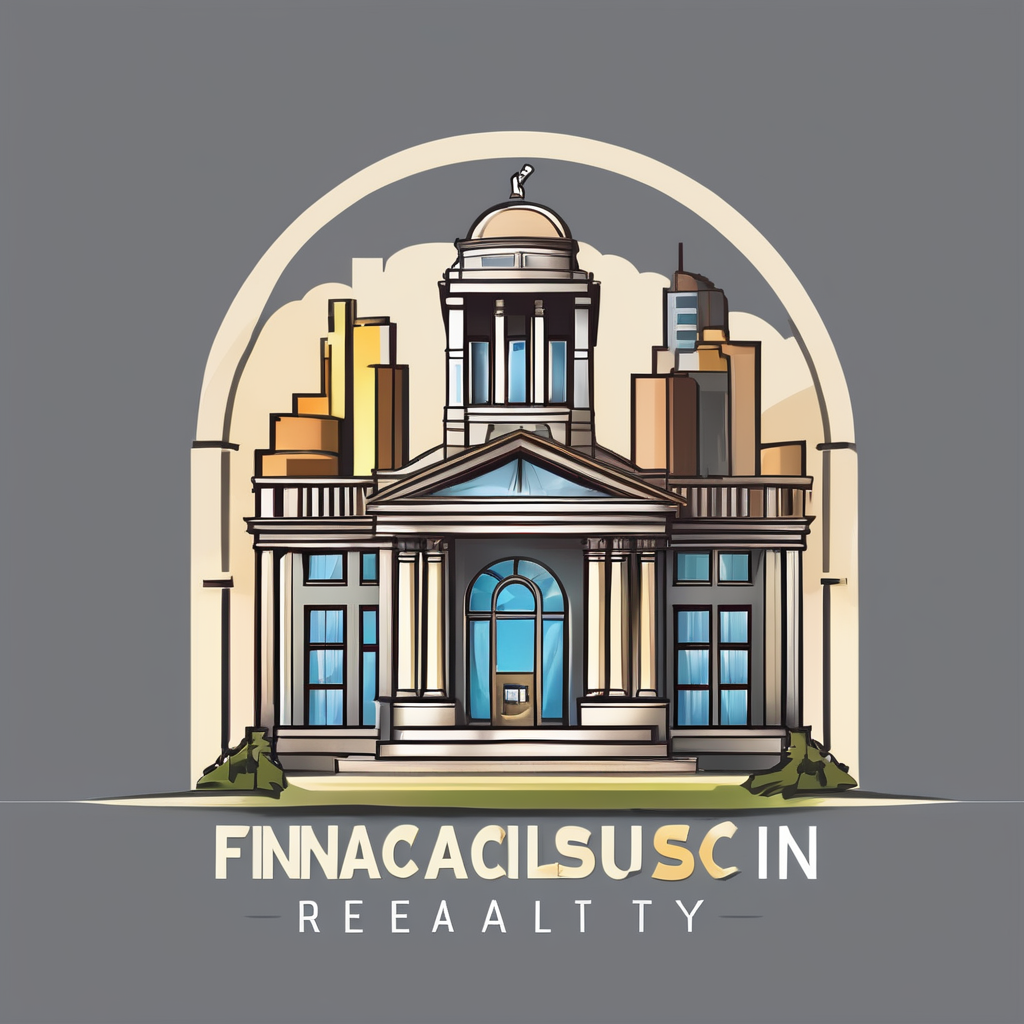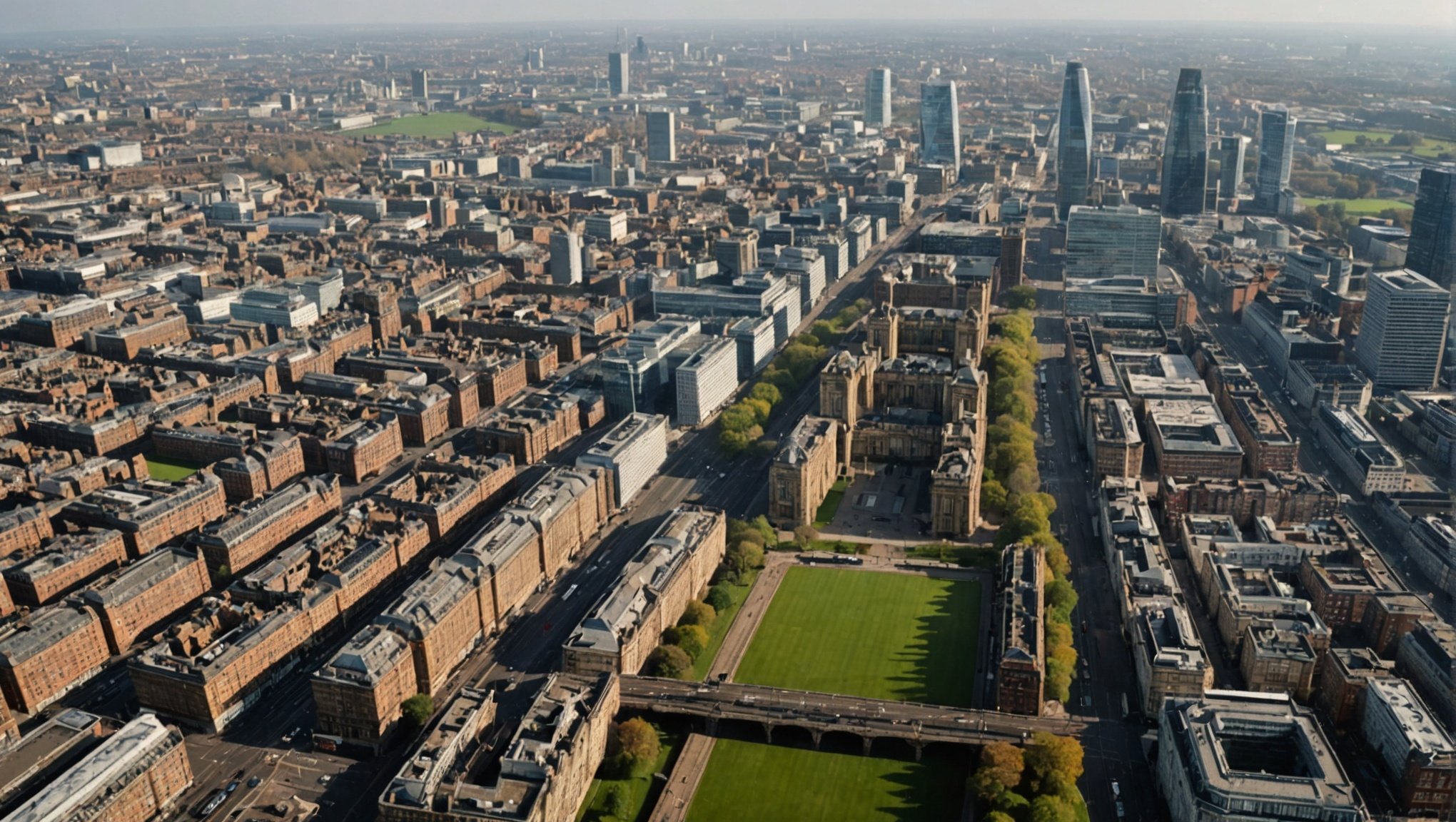Urban planning is a complex and multifaceted task that requires a delicate balance of market dynamics, public policy, local community engagement, and equitable approach to land development. Gaining a detailed understanding of these elements is critical when addressing the challenges and opportunities of developing underutilized land in UK cities. As we delve into this topic, we will explore various aspects such as housing, energy efficiency, property values, and the tools used for effective urban planning.
The Complexities of Urban Planning in the UK
City planning is a multi-dimensional task that involves several stakeholders, including local residents, property owners, urban planners, and policymakers. The process is further complicated by a variety of factors such as demographic changes, market fluctuations, and the ever-evolving needs of the local communities.
Sujet a lire : How Can Investors Assess the Socio-Economic Environment Before Purchasing Urban Property?
Urban planning in UK cities involves the implementation of strategies designed to improve the quality of life for residents while ensuring the sustainable use of land. Achieving this balance requires a careful assessment of the existing infrastructure, land availability, housing needs, and the potential impact on the local community and the environment.
Developing underutilized land is an integral part of this process. This approach involves identifying and transforming vacant or unused properties into functional spaces that meet the needs of the local community. However, this task is not without challenges, especially in view of the unique characteristics and constraints of each city.
A lire aussi : How to Ensure Compliance with the Latest UK Construction Safety Regulations?
Balancing Market Dynamics and Public Policy
One of the chief challenges inherent in developing underutilized land in UK cities lies in navigating the complex interplay between market dynamics and public policy. The property market in the UK is highly competitive, and land development is often guided by the potential for profit.
However, market-driven development can sometimes conflict with public policy objectives. For instance, the demand for luxury apartments in city centres may be high, but such developments may not address the pressing need for affordable housing in the area.
On the other hand, public policies aimed at promoting equitable land development and affordable housing often face resistance from developers and property owners who view them as a threat to their profit margins. Striking a balance between these competing interests requires careful planning and negotiation.
The Role of Local Community Engagement
Engagement with local communities is an essential factor in the successful development of underutilized land. Local residents often have a deep understanding of the needs and challenges of their community. Their input and participation can help ensure that the proposed development meets their needs and enhances the quality of life in the area.
However, effective community engagement can be a challenge in itself. It requires building trust and understanding among diverse stakeholders, and managing conflicts and disagreements that may arise. Moreover, it involves ensuring that the engagement process is genuinely inclusive and equitable, giving all community members an opportunity to participate and have their voices heard.
Advancing Energy Efficiency and Sustainability
The development of underutilized land offers a unique opportunity to advance sustainability and energy efficiency in UK cities. By incorporating green building principles and renewable energy technologies, developers can create buildings that not only meet the needs of the community but also contribute to the reduction of carbon emissions and energy consumption.
However, the implementation of such measures often involves additional costs and technical challenges. Developers may also face resistance from property owners and buyers who are more focused on aesthetic features and immediate cost savings than long-term energy efficiency. Overcoming these challenges requires innovative solutions and a strong commitment to sustainability.
Urban Planning Tools for Equitable Land Development
Modern urban planning involves the use of a variety of tools designed to facilitate effective decision-making and ensure equitable land development. These tools, which include GIS mapping, data analysis, and participatory planning methods, can help planners identify suitable sites for development, assess the potential impacts, and involve the community in the planning process.
However, the effective use of these tools requires technical skills and resources that may not be readily available in all cities. Moreover, the data and information generated need to be interpreted and used in a way that respects the rights and interests of all stakeholders, including local residents and property owners.
In conclusion, developing underutilized land in UK cities involves a complex array of challenges and opportunities. By balancing market dynamics with public policy, engaging with local communities, advancing sustainability, and using modern tools for urban planning, it is possible to transform these spaces into vibrant, inclusive, and sustainable urban environments.
Case Studies: Successful Developments of Underutilized Land in UK Cities
Understanding the challenges and rewards of developing underutilized land in UK cities can be greatly aided by examining specific case studies. These examples allow us to see how urban planning strategies have been effectively implemented, taking into account market dynamics, public policies, local community engagement, and sustainability principles.
A notable case is the redevelopment of vacant lots in the city of Bristol. Faced with a shortage of affordable housing and rising land values, the local government collaborated with the private sector to transform underutilized sites into affordable homes. The project was aided by tax incentives designed to stimulate investment in affordable housing and renewable energy installations. The result was a significant increase in the city’s housing stock, particularly for low-income households.
Another success story can be found in the city of Leeds, where a former industrial site was transformed into a mixed-use development that includes residential, commercial, and green spaces. This development, which was designed with energy efficiency and sustainability in mind, has become a model for urban regeneration in post-Brexit UK. It shows how the integration of renewable energy, green spaces, and pedestrian-friendly designs can enhance the quality of life in urban areas.
In each of these case studies, it can be seen that successful development of underutilized land requires careful decision making, with consideration given to a wide range of factors. When done right, it can lead to the creation of vibrant, sustainable, and inclusive urban environments.
Conclusion: Embracing the Challenges and Rewards of Developing Underutilized Land
Developing underutilized land in UK cities presents a wealth of opportunities to build more sustainable, inclusive, and vibrant urban environments. However, it is a task that comes with its own unique set of challenges. Urban planning in these contexts requires a balanced understanding of the market dynamics, public policies, local community needs, and sustainability considerations that influence land development.
As shown in the case studies, it is possible to navigate these complexities and achieve successful outcomes. By engaging local communities, leveraging modern planning tools, and aligning market forces with public policy objectives, underutilized land can be transformed into much-needed affordable housing, green spaces, and community facilities. More importantly, it can enhance the quality of life for residents, contribute to energy efficiency, and promote sustainable urban development.
The path towards successful development of underutilized land in UK cities is not an easy one, but it is an endeavour that comes with significant rewards. With careful planning, collaboration, and a commitment to equitable land development, we can create UK cities that are more sustainable, more inclusive, and better places to live, work, and play. These developments will not only impact the current generation, but will also shape the urban landscape for generations to come.






